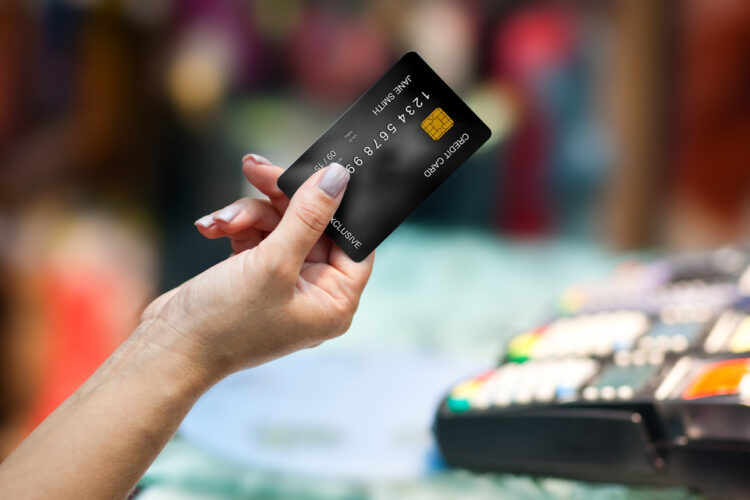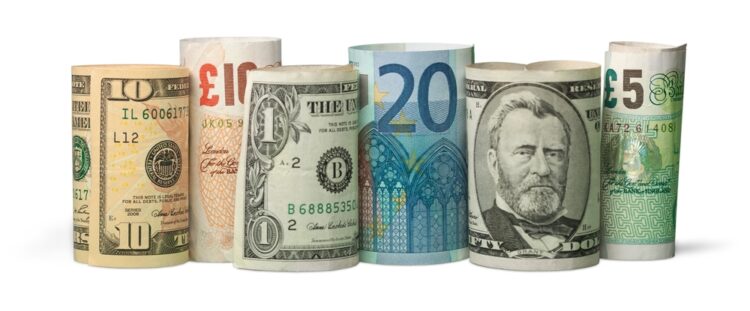Imagine an overseas trip without spending a single Euro, Pound, Yuan, Yen, or Peso – at least not in the literal sense.
I recently returned from a 3+ week trip to Stockholm and several Baltic nations, including Estonia, Latvia, and Lithuania, along with a quick stop in Poland. The entire time, not a single coin or bill passed from my hands to a restaurant or store owner.
OK, fair disclosure — I did spend one 5 Euro note in Estonia to climb a church tower where cash was the only payment accepted. Everywhere else, no matter how small, preferred digital or card payment, sometimes running completely cashless with no traditional register or way even to accept currency.
I have to admit it was unsettling not to dig in my wallet attempting to distinguish between unfamiliar shapes and colors to find the right denominations. However, it was extremely freeing to not worry about making change, finding ATMs or flashing bundles of cash. In many locations, it was actually a hassle to find an ATM. While I took out $100 worth of both Swedish Krona and Euro to have just in case, if I needed a larger amount of cash it would have been a bit of a challenge.
After three-plus weeks of living cash-free, a few clear pros and cons emerged:
Digital currency makes international travel easier than ever — Some travelers find themselves intimidated by the idea of managing a foreign currency and finding banks during a trip. Using entirely digital transactions (whether credit card or QR-enabled technology such as Venmo or Zelle) removes a perceived barrier of entry for some travelers. As an added bonus, no need to figure out what to do with leftover currency when departing a country; you only use the money you actually spend.
You can worry less about carrying cash around — While it is true a thief can make off with your phone or wallet at any time, it is a greater loss when you lose physical cash, as that is instantly gone and cannot be frozen from future transactions like digital payment methods can be.
In a post-pandemic world, touchless transactions have a real benefit — Although several business owners adapted to a touchless or hands-free model to avoid spreading COVID-19 specifically, the idea of limiting the number of people handling credit cards and menus is also helpful to mitigate the spread of things like common cold and flu all year long.

Less cash can equal quicker transactions — Being able to tap or swipe and go has led to faster customer transactions, and many business owners I asked that had even gone completely cash-free said they had no desire ever to have to deal with a cash register and making change, along with daily till reconciliation, ever again.
A cashless society creates exclusions for some customers — While it seems like everyone has a cell phone and credit card, in reality, there are segments of the population that either do not use the technology of a cell phone nor do they have access to a credit or debit card for any number of reasons. In a cash-free economy, these consumers are completely shut out.
A reliance on technology can be limiting — One obvious concern for a cashless business is the inability to complete any transactions if the power and/or internet and cell connection has gone out. Even if you plan on going completely cash-free on a trip, it remains a good idea to have a small amount of currency on hand if such a situation arises.
Not having to count your cash can lead to overspending — When every single transaction, from a hotel room stay to a simple bottle of water, is a tap away, it can become easy to overspend on your trip. If you traditionally would take out a set amount of money for a vacation and you knew you had to allocate it each day, it becomes harder to do so when you don’t have that visual representation of fewer bills in your wallet. To avoid overspending, be sure to log into your credit card or payment apps regularly and tabulate money spent to ensure a smooth and successful trip!


